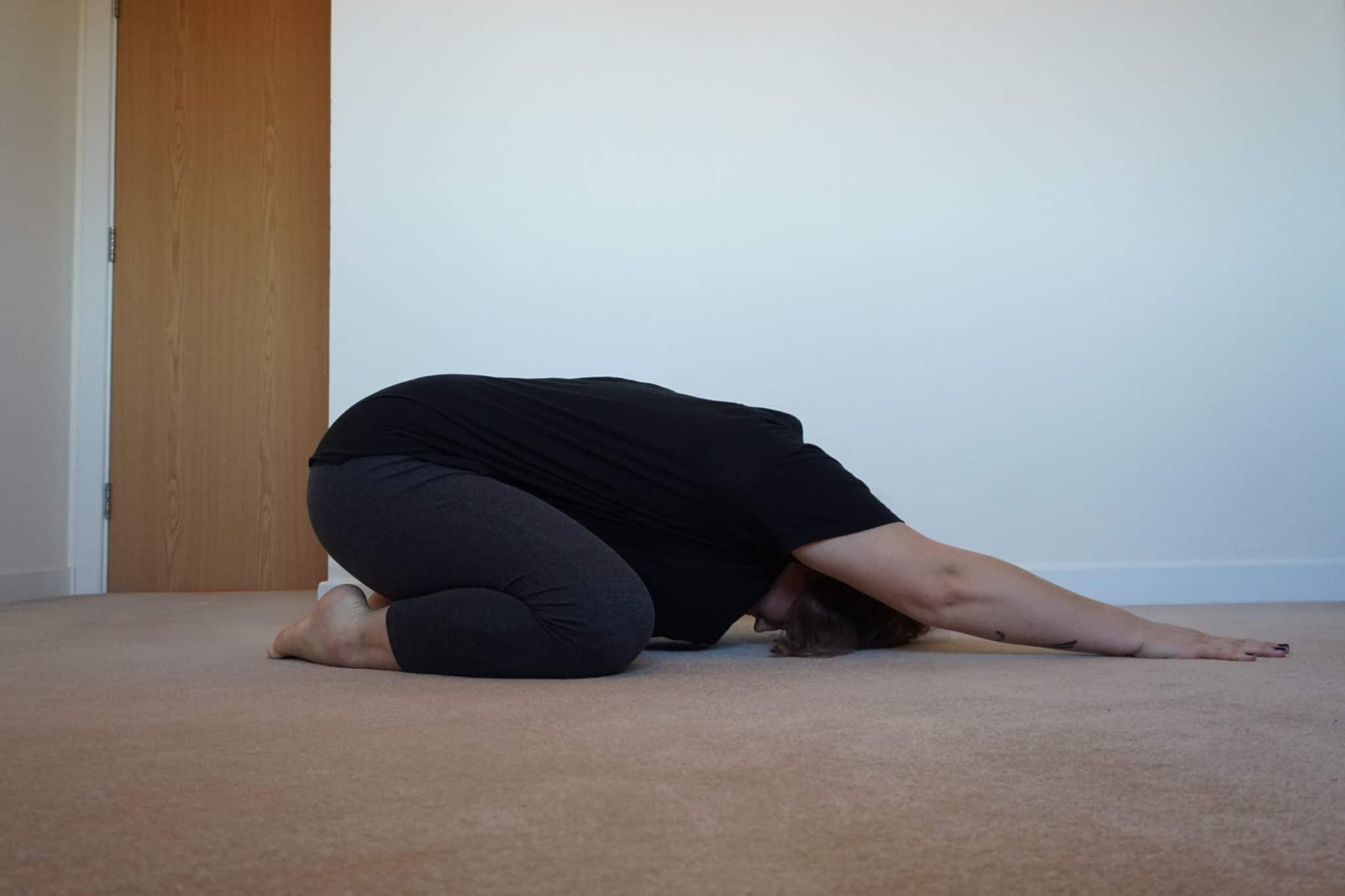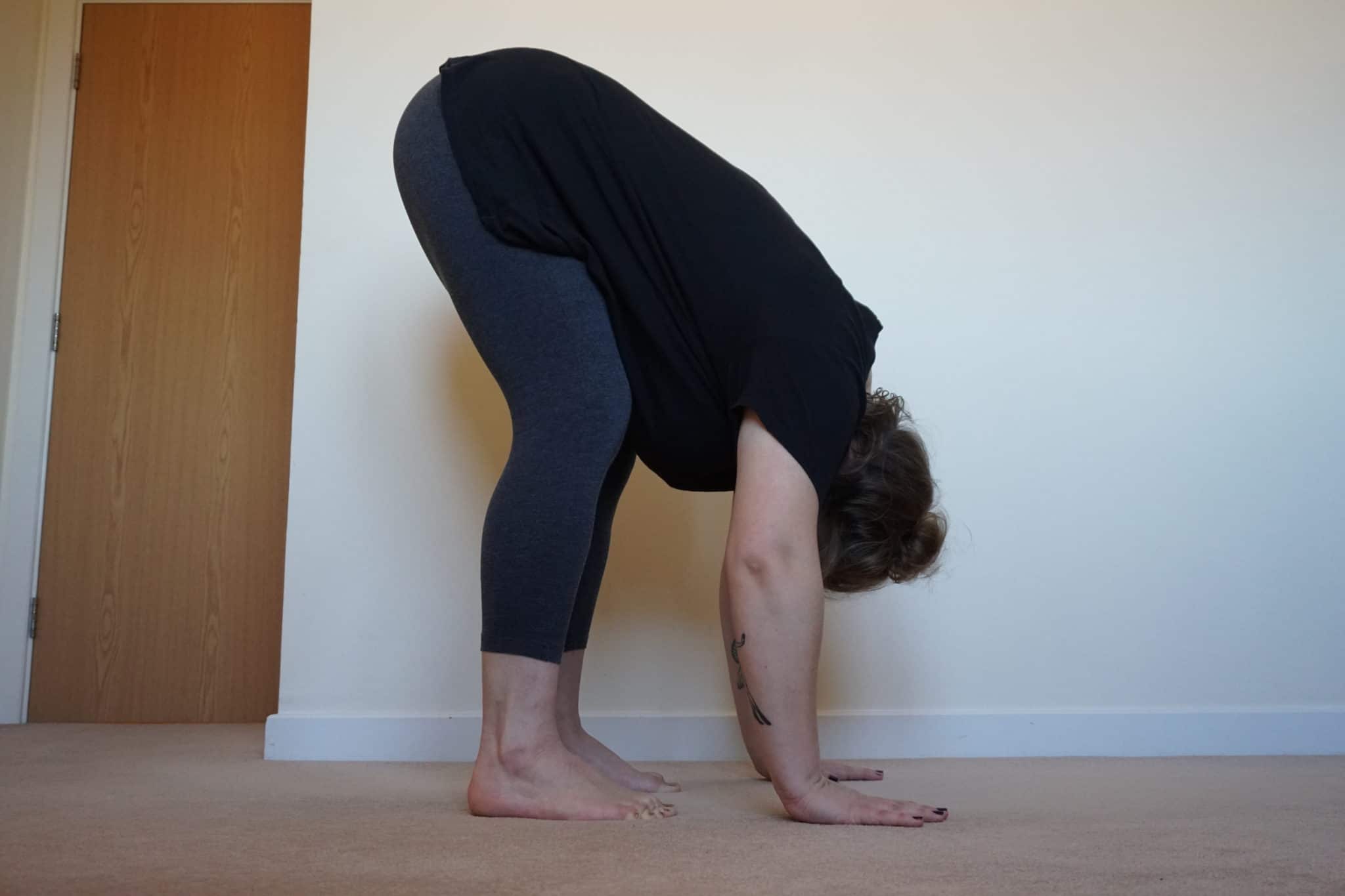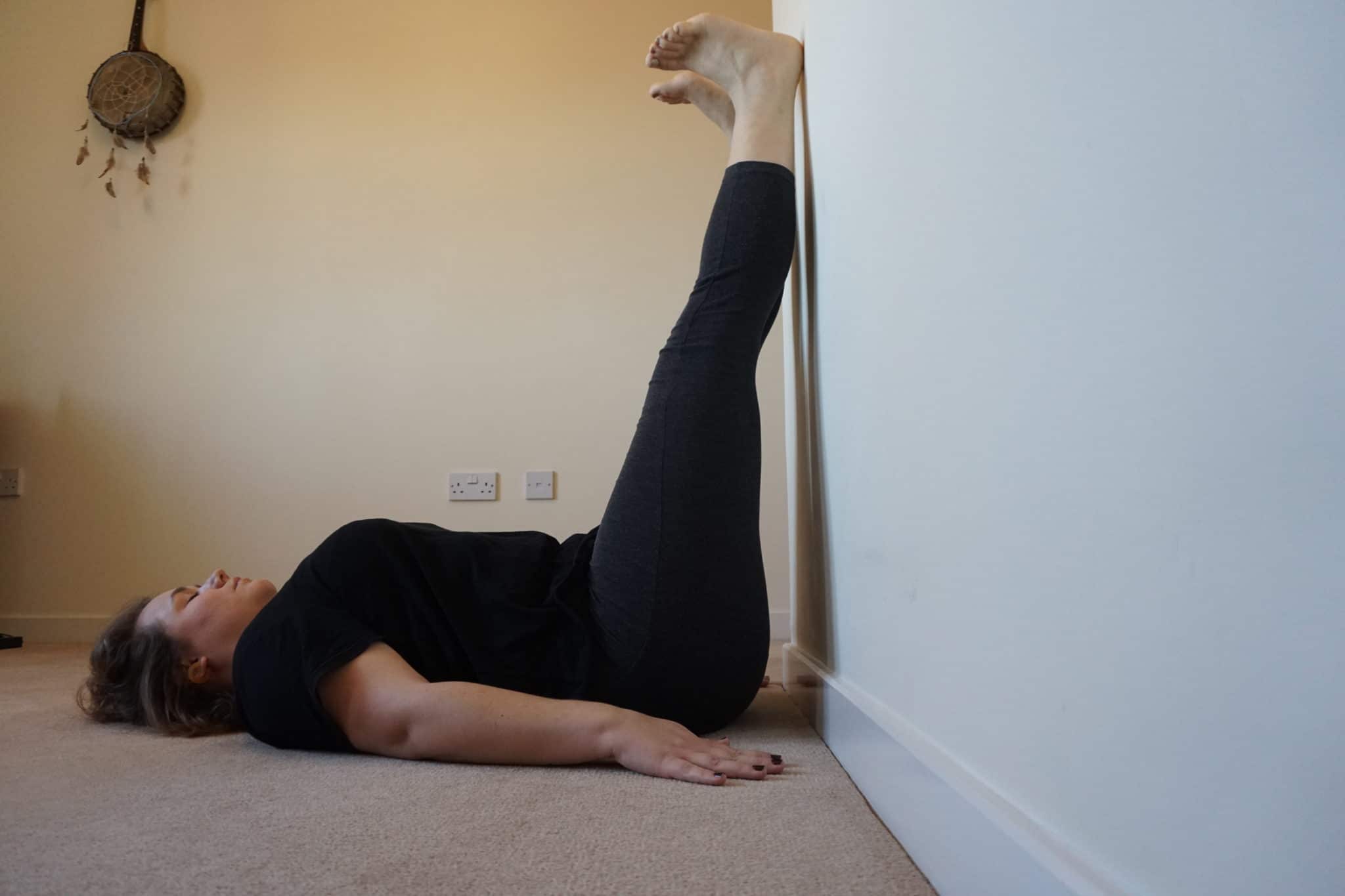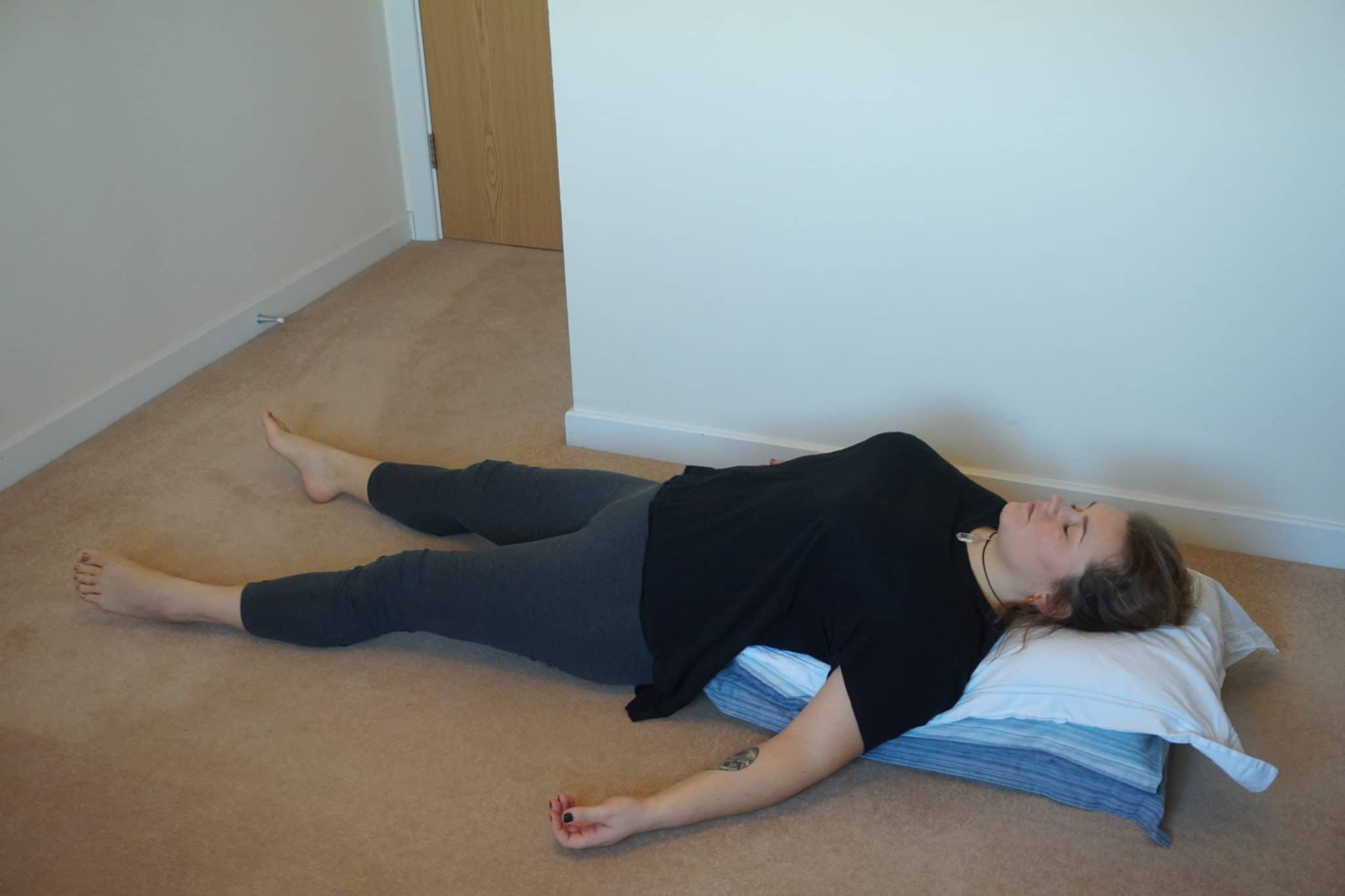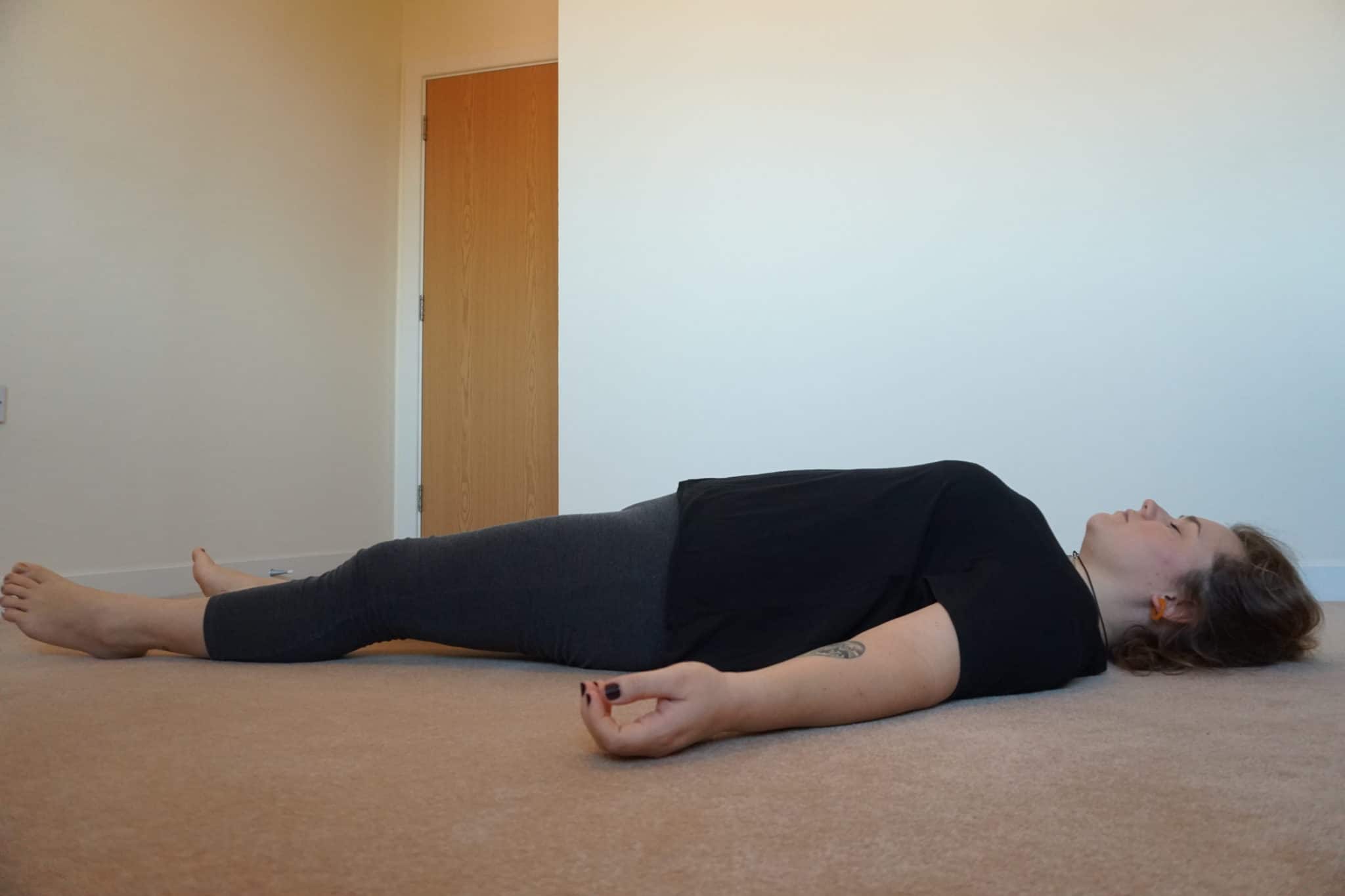Winter Yoga
On Sunday, I will be celebrating the winter solstice (also known by its Celtic festival name, ‘Yule’) by getting up early to watch the sunrise with some family. The winter solstice is the shortest day and the longest night of the year in the Northern Hemisphere. We celebrate this day, which falls on 22nd December this year, to welcome the return of the sun. This is a festival of rebirth, the returning of the light and the beginning of the end of the darkness. A perfect time for some winter yoga to settle the body.
I attended a beautiful solstice celebration this week which included yoga and kirtan (chanting), amongst other lovely things. My teacher spoke so eloquently about the importance of honouring the darkness, as well as celebrating the light. We can be encouraged in our western societies to focus on the positive, focus on the good and try to ignore the bad stuff bubbling under the surface. This dark time of year reminds us that, actually, we need to lean in to the darker parts of ourselves, because this is where we learn and grow the most. Dance with your demons, don’t fight them.
For many people, this time of year is challenging. The days are so short and there is so much darkness. The physical lack of light from the sun and the busyness of Christmas can leave us feeling low, especially if we are missing loved ones.
It can be difficult to remind ourselves that we have to have the dark to have the light, but this is the case both in the seasons and in our minds and bodies. The trees are shedding leaves, plants are dying, animals are hibernating. If we begin to view ourselves as part of the whole, rather than as individual beings, it makes quite a lot of sense that this time of year causes us to become more dormant.
I encourage you to light a candle, put on some music that makes you feel calm, and try these five yoga asanas for the winter time. You don’t need a mat for these or any yoga equipment. Cushions or blankets work fine in place of bolsters and blocks. Allow yourself to breathe deeply into your belly before you begin, to ground yourself into the moment. Whilst you practice, keep your attention on your breath. If any thought or emotions arise, know that this is okay and that it is the nature of the mind and body to show us things. Notice, without judgement, what comes up, and bring your attention back to your breath. Hold each pose for as long as feels comfortable. A couple of minutes is good.
If you need to cry, cry! If you need to shout, go for it. If you need to whoop with joy, let it happen.
Balasana, Extended Child’s Pose

How to: Kneel down on the floor and bring big toes to touch. Draw the knees away from each other. Feel your hips sinking down into your heels. Begin to come forward with the top half of the body, reaching arms out, palms down on the ground. Draw the shoulders away from the ears. Forehead rests on the floor. If the head doesn’t reach the floor, use a cushion to rest your head. If your knees are tight, place a blanket or cushion between your calves and back of the thighs. Close the eyes. Breathe.
Why? Child’s pose is a restorative and relaxing asana. It is a great one to do if you’re feeling stressed, or before bed if you are finding it hard to sleep. It helps aid digestion.
To come out, look forward, begin to walk hands back towards you until you are upright.
Uttanasana, Forward Fold

How to: Begin standing, feet hip width apart, toes facing forward. Inhale the arms up, fingertips reaching high. Exhale hands all the way down to fold forward. Ensure your knees are at least a little bit bent. If you have back pain, bend the knees deeply. Arms are relaxed, fingers touching the floor or resting on a cushion. Release the weight of the head towards the ground. Pull up the backs of the legs, to allow the top of the body to release forward. Breathe.
Why? Another calming asana, forward folds are great to do if you are feeling overwhelmed or want to chill yourself out. This asana also lengthens the spine, bum muscles and hamstrings (muscles at the backs of the thighs).
To come out, ensure your knees have that little bend, pull belly button up towards your spine, hands on waist. Leading with your heart, begin to rise up. Take this very gently and slowly, especially if you have low blood pressure or suffer from dizziness. Take lots of breaths.
Viparita Karani, Legs up the wall pose

How to: This pose can be done with or without a wall. For a more restorative version, use a wall. Lie back and begin to wiggle yourself down so that your bum comes into contact with the wall and the legs can extend up (this involves some ungraceful wiggling but it’s worth it!). Hands can rest on the belly or on the floor next to your hips, palms down. Feet are flexed (not pointed) and are hip distance apart. Tuck your chin in (as if you’re making a double chin). Breathe.
Why? This asana increases circulation and helps to relieve swollen feet and legs. It is a great one if you have been on your feet a lot, and is also calming on the nervous system.
To come out, begin to wiggle yourself back away from the wall until you can safely swing the legs to one side and sit up. Look out for objects, small children and pets!
Matsyasana, Supported Fish Pose

How to: Place some cushions / a pillow / rolled up blanket on the floor. Sit about 1 inch in front of it and begin to lie back. Your bum should stay on the floor, and your head should be supported. Your back should feel comfortable (if it doesn’t, try adjusting the height of your pillows). You can keep knees bent if your back is tight, or extend the legs along the floor. Tuck chin, bring shoulders away from the ears. Turn palms up towards the ceiling and allow your shoulder blades to come together. Breathe.
Why? This asana is good for neck and shoulder tension, caused by stress, driving, cooking, working on a laptop etc. With all the space in the abdomen, it is a great place to try deepening your breath.
To come out, roll yourself onto your right hand side, and slowly sit up, breathing steadily all the time.
Shavasana, Corpse Pose / Relaxation Pose

How to: The final asana of any yoga class is more important than anything you have done in the class, don’t skip it! Lie on your back, ensuring your body is in a neutral position, palms facing up, feet rolling naturally outward. Tuck the chin a little. Allow yourself to breathe naturally, eyes closed. If your back is painful, keep knees bent. You can bring the feet wider and let the knees rock in so they rest against each other. You don’t want to have to make any effort in this pose. Breathe.
Why? This is vital recovery time after any yoga practice because it allows your muscles and nervous system to rest.
To come out, bring your knees onto your chest and rock side to side. Rock to your right hand side, gently coming up to a seat.
If you are interested in building on these positions and learning even more, feel free to check out my classes page where I run a variety of weekly classes in Thame and Prestwood.
